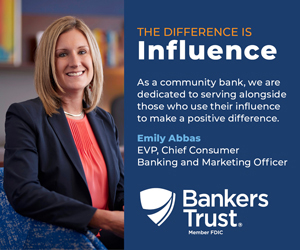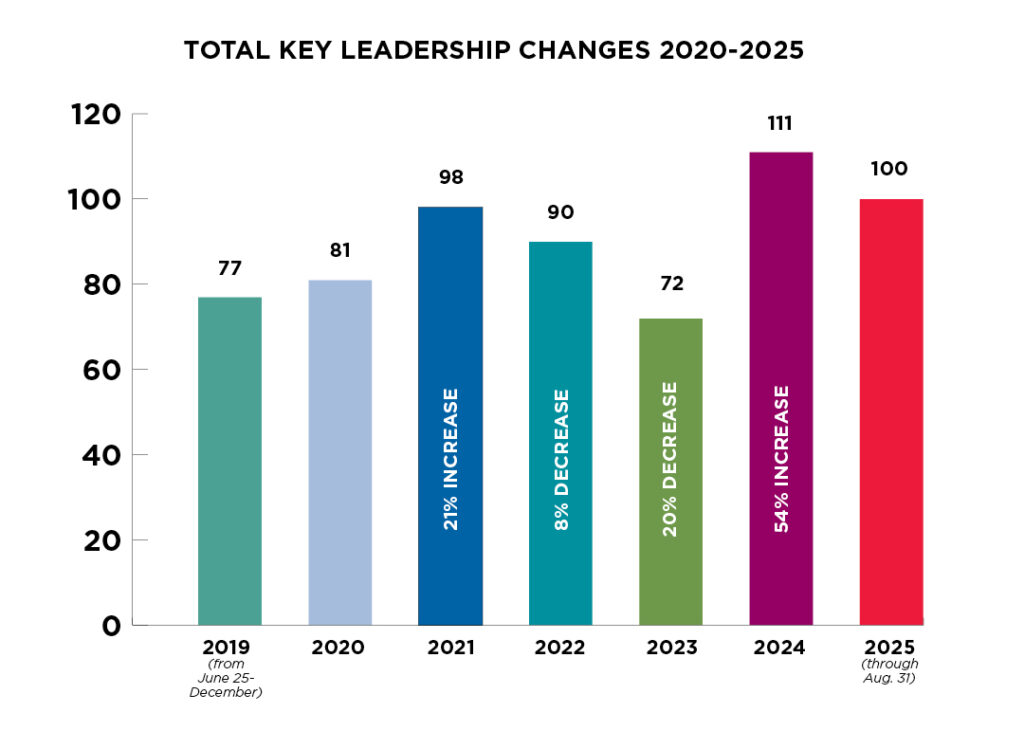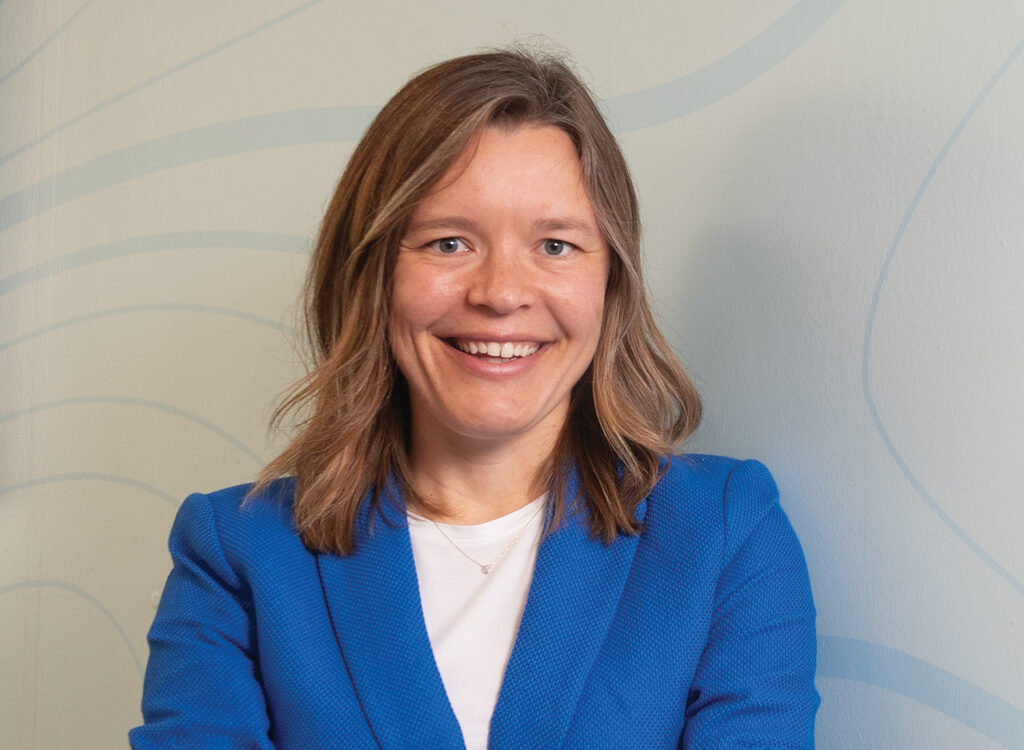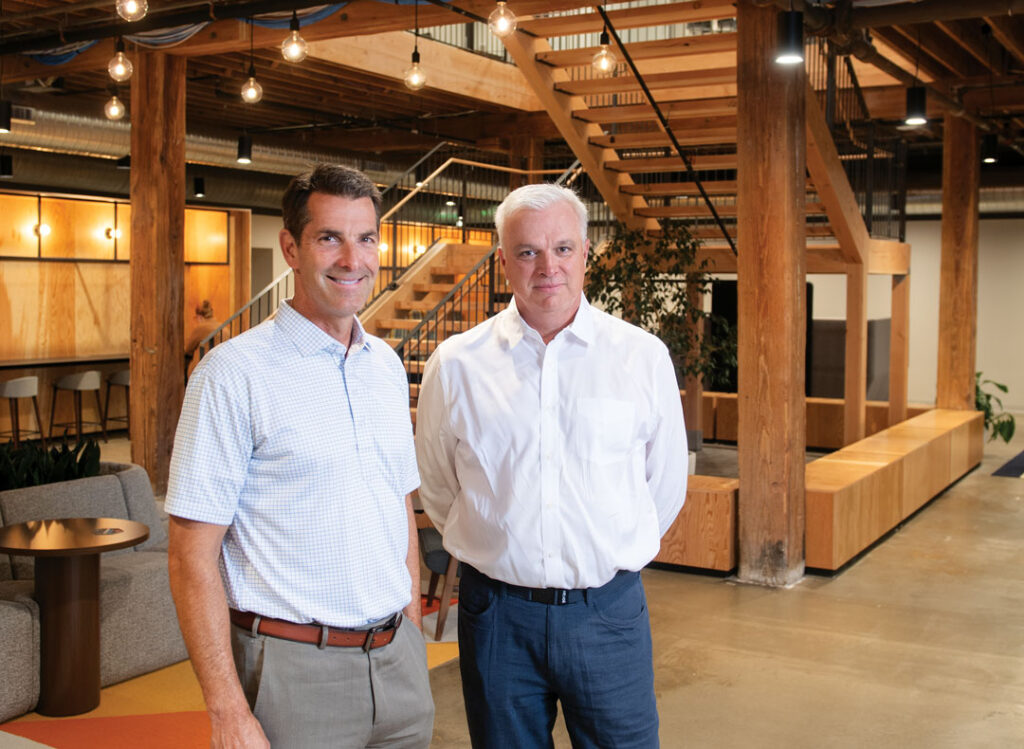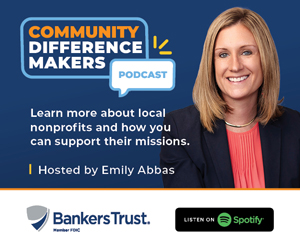NOTEBOOK: A venture into the brave new world of health care finance

JOE GARDYASZ Sep 14, 2016 | 8:09 pm
3 min read time
788 wordsBusiness Record Insider, The Insider NotebookHow can health systems and insurers in Iowa collaborate to rein in health care costs that seem to be spiraling out of control?
I sat in on a panel discussion last week at Des Moines University with nearly 200 future health care leaders — a mix of students from DMU’s master of health administration program and students from the medical school’s clinical programs. They heard from Bob Ritz, CEO of Mercy Medical Center-Des Moines; Eric Crowell, CEO of UnityPoint Health-Des Moines; and Mike Fay, vice president of health networks for Wellmark.
The panel discussion was led off by Marc Scheinrock, a principal with Deloitte Consulting in Dallas who has done extensive research on provider-sponsored plans, or PSPs.
“This is a pretty unique time in the history of health care,” Scheinrock said. “The pace and amount of change we’re seeing in health care, and the willingness of providers to experiment, are at an all-time high.”
Addressing health costs and the corresponding high price of insurance is a critical topic for the health industry, in an environment in which total U.S. health premiums have increased by 61 percent in the past 10 years.
Health systems are being spurred to explore new types of payment models — among them accountable care organizations and provider-sponsored health care plans — as alternatives to the fee-for-service model that has been in place for decades.
A part of the changing landscape is the launch of the health insurance marketplaces under Obamacare over the past five years. There’s also significant momentum toward value-based care payment systems — in which providers are rewarded for keeping people out of the hospital rather than for how many procedures they bill.
One mechanism that’s driving these changes forward for providers is a federal law enacted in 2015 known as MACRA — the Medicare Access and CHIP Reauthorization Act — which will for the first time shift reimbursements from fee for service to pay for performance. The new system debuts next year and in 2019 will begin assessing either bonuses or penalties against providers’ Medicare reimbursements, according to how well physicians perform over the next two years.
From its research, Deloitte believes that provider-sponsored plans — a model in which provider groups or hospital systems operate their own health insurance plans — will be the disrupter that revolutionizes the health insurance market.
However, the plans face significant capital requirements, and the only ones that have been successful are those that have achieved sufficient volume — generally more than 100,000 patients, Scheinrock said. Consequently, only 25 of 195 provider-sponsored plans across the country are successful, he said.
Earlier this year, Catholic Health Initiatives, Mercy’s parent organization, announced its plans to end its run with a provider-sponsored health insurance plan after that business lost $97 million in the first nine months of its fiscal year. CHI’s QualChoice Health insurance division sold Medicare Advantage and commercial plans to employers in six states.
Later, speaking generally about potential joint ventures with insurers, Ritz said, “We have to be very prudent as health care leaders about where we venture and how much risk we take on.”
On the ACO side, Wellmark, Mercy and UnityPoint Health each have formed accountable care organizations and are gaining experience in operating them. Wellmark collaborated in its first ACO in 2012 with three health systems, and is now working with 15 provider organizations in ACO collaborations, Fay said. In July, Wellmark reported collective health care savings of $35 million for the past year through its ACO partnerships.
ACOs take a population health management approach to care in which providers are responsible for the improvement of the health of the insured population.
Collaboration between Wellmark and providers through the ACO mechanism has given both Wellmark and the health systems a better appreciation for each other’s worlds, Fay said.
“The big challenge that health systems have is that they only see part of the picture,” he said, noting that claims history over a year’s time can show a much more complete picture of a patient’s care than one health system’s medical records may indicate. “As an insurer, we have a longitudinal view.”
Ritz noted that the ACOs’ cost of gathering that information is “extraordinarily expensive,” however. “Our second-highest cost in operating our ACO is our software program, right behind our payroll cost,” he said. “The cost of analytics cannot be overstated.”
With the aging population, rising health costs, particularly Medicare costs, should be a concern for everyone, Crowell said.
Crowell believes that health systems are beginning to change their mindsets about the paradigm of care. “Providers are finally beginning to look outside their four walls at issues such as readmissions and follow-up care with patients, and things like medication management,” he said.


